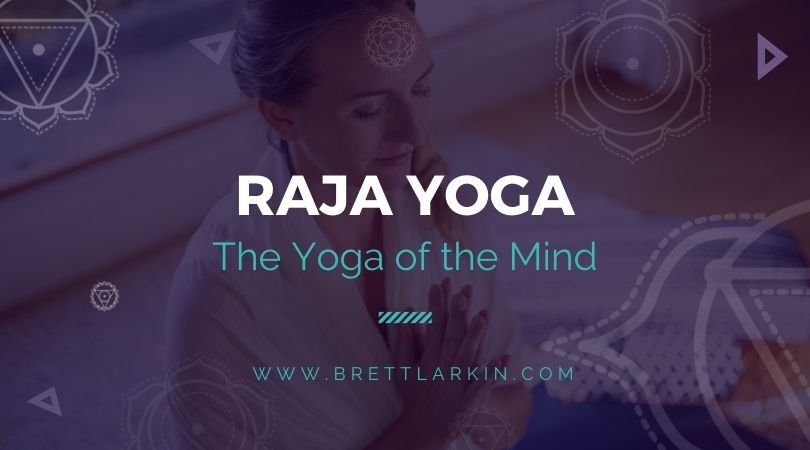
Hello again, fellow yoga nerd!
…No offense intended!
Buuuuut if you’re reading this, there’s probably at least a nugget of truth in there, no?
I personally can’t think of a better thing to geek-out on because we could probably study yoga for lifetimes and STILL have more to learn!
That’s why I’m back with another exciting path of yoga—Raja yoga.
What makes this one so exciting?
Because if you’ve ever attended a yoga class, there’s a good chance your class was based in it!
Since the yoga of sage Patanjali is essentially Raja yoga (more on that shortly), if your teacher has ever used the eight limbs as a class theme as is quite common (yamas or niyamas ring a bell?), you’ve already dabbled in Raja yoga.
Having a better understanding of what we’re doing in yoga and why can help us get even more out of our practice—and that’s my wish for us all!
So let’s explore a bit about what Raja yoga is and how to practice it today.
What is Raja Yoga?
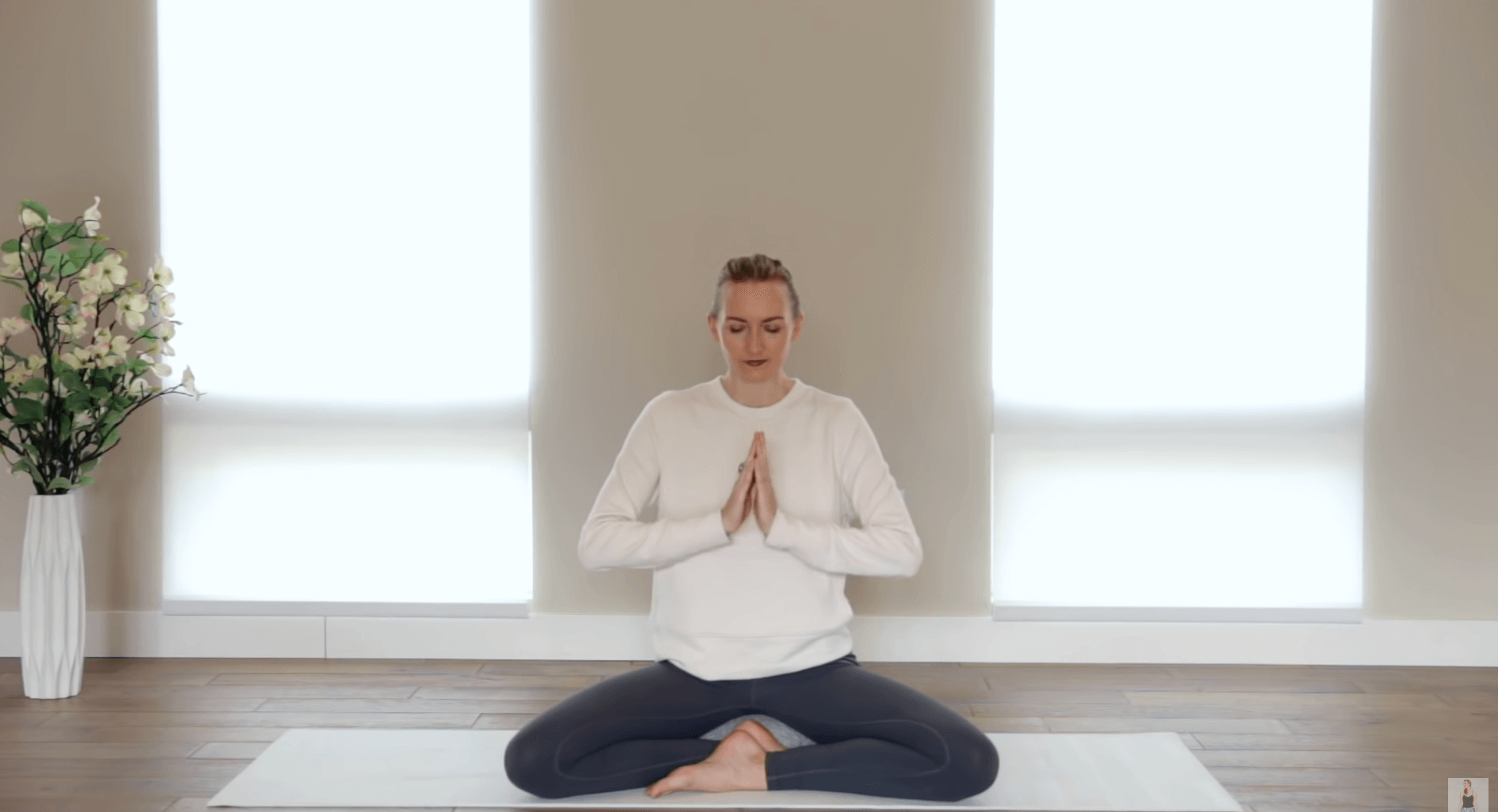
Raja yoga (pronounced “raj yoga” in India) is also called the “royal path” as in Sanskrit raja means “royal” or “king”. Some common ideas as to why this type of yoga is considered kingly include:
- It is the highest, principal, or “king” form of yoga
- It works directly with the mind that is thought to be the “king” of all psycho-physical structures
- It makes the yogi able to rule over the mind like a king
- The practice leads the yogi to rest as the king within himself, the supreme self
Swami Vivekananda added Raja yoga to the three yoga traditions described in the Bhagavad Gita making the primary four yoga model:
- Bhakti yoga – The yoga of devotion
- Karma yoga – The yoga of action
- Jnana yoga – The yoga of knowledge
- Raja yoga – The yoga of the mind/meditation
And so the raja yogi uses primarily the vehicle of meditation to overcome the obstacle to self-realization, the human mind, to achieve liberation and union with the divine.
Some other styles of yoga that are said to fall under the Raja yoga umbrella include Kundalini yoga, Mantra yoga, Kriya yoga, and Hatha yoga. Note that the Hatha Yoga Pradipika says the point of Hatha yoga is to prepare us to work with the mind in Raja yoga meditation to reach the state of raja yoga or “royal union” that is synonymous with samadhi, turya, niranjana etc.
Swami Vivekananda, credited with opening the door for yoga’s entrance to the west in his speech at the World Parliament of Religions in Chicago in 1893, is also largely responsible for reviving and popularizing Patanjali’s Ashtanga yoga (ashtanga meaning “eight limbed”) and associating it with Raja yoga. In 1896 Vivekananda wrote Raja Yoga, a book on his interpretation of Patanjali’s Yoga Sutra (also referred to in the singular FYI), and Raja yoga has been practically synonymous with the yoga of Patanjali ever since.
This means that people often use the terms Raja yoga, Classical yoga, and Ashtanga yoga interchangeably (the Ashtanga yoga of Patanjali, not the Ashtanga Vinyasa of Pattabhi Jois).
Raja Yoga Philosophy
Raja yoga philosophy is largely considered to be the philosophy of the Yoga Sutras of Patanjali. The sutras are a compilation and systematization of multiple oral traditions and so its philosophy includes aspects from Samkhya (aka Sankhya), Vedanta, Buddhism, and Jainism.
Patanjali’s yoga, and thereby Raja yoga, is also thought to be the foundation of one of the six systems of Hindu philosophy, the Yoga Darshana.
According to the Yoga Sutras, the obstacle between the yogi and self-realization is the human mind that contains five “afflictions” or “poisons” called kleshas (craving, aversion, fear of death, egoism, and ignorance).
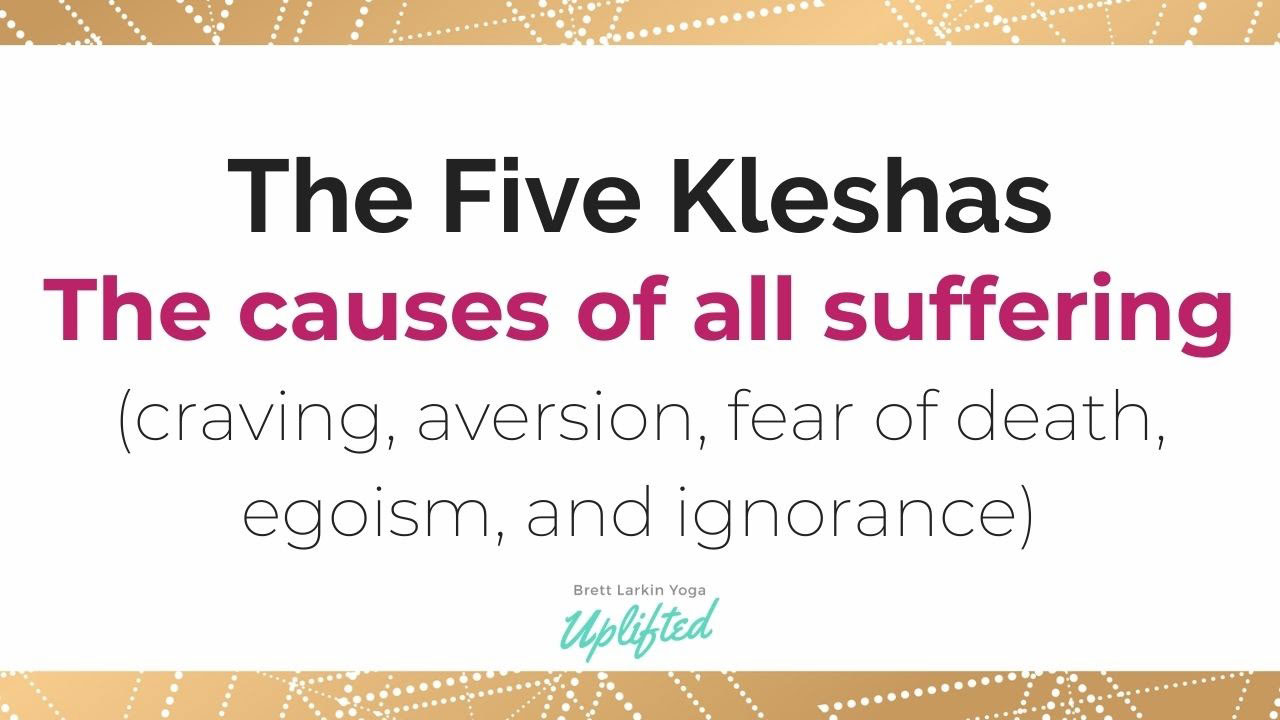
The Raja yoga practice removes the klesha that underpins the rest: the ignorance of one’s true nature (avidya) as Purusha (consciousness, god, the seer, the knower of the field).
In the tradition of this text, Purusha and Prakriti (matter, nature, the seen, the field) are distinct and the human problem that generates suffering is that Purusha has become misidentified as Prakriti—essentially meaning that we experience and believe ourselves to be only our physical body and our mind.
According to sutras 1.2 and 1.3, we can remedy this with yoga by stilling the fluctuations of the mind so that the seer (Purusha, our true nature) can be at ease in its essential form and know itself.
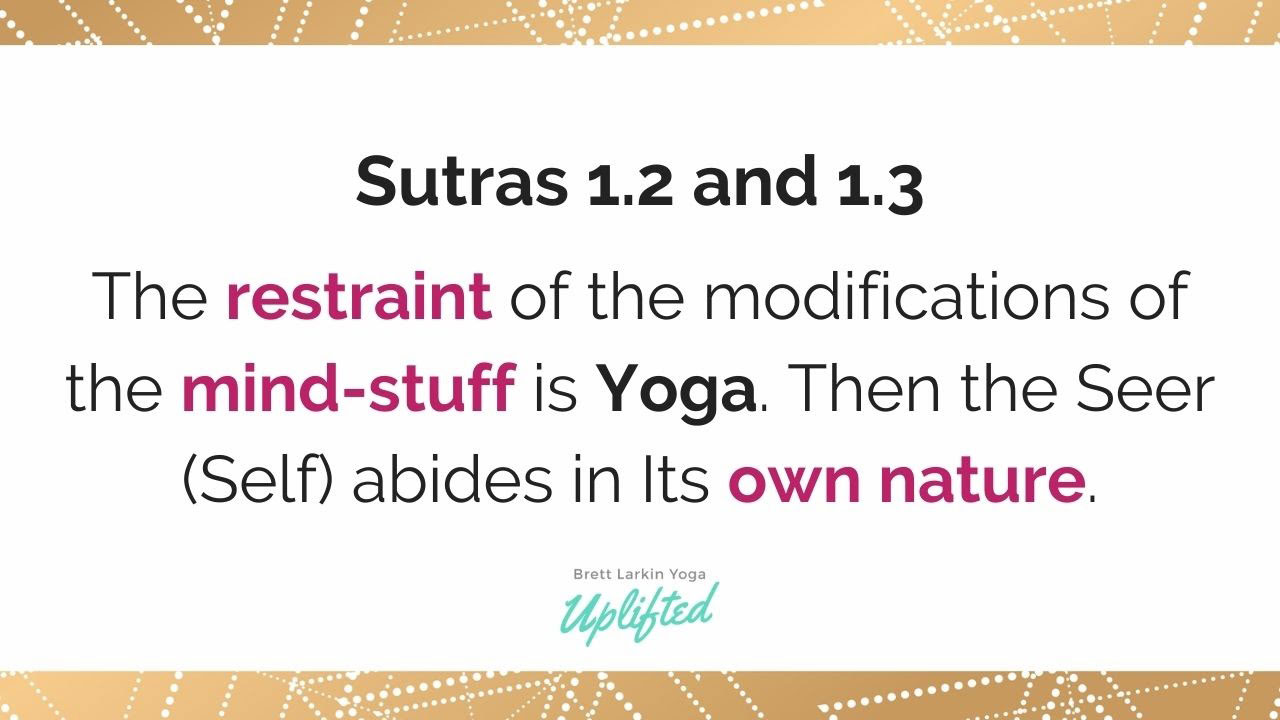
The yogi thus uses meditation to control the body-mind intellect complex to achieve the state of samadhi. In samadhi, there is silence in the mind and a loss of the ego-self as the meditator’s consciousness merges with both the process and object of meditation.
Then awareness, unclouded by thoughts and objects, has no choice but to become aware of itself and its source that is Purusha, the soul itself, and one realizes their true divine nature.
This self-realization is said to lead not just to a temporary experience of inner peace, but since one cannot “un-know” the experience of their true nature, the yogi’s life is permanently changed.
Raja Yoga And The Eightfold Path
As Raja yoga is now mostly equated with the eightfold path of the Yoga Sutras, its practices are often considered to be the eight limbs themselves. While some teachers say the eight limbs should be learned and practiced sequentially, most seem to suggest there’s benefit in the simultaneous practice of all.
External Practices
The first five limbs of Patanjali’s Ashtanga yoga are considered the external practices of Raja yoga that prepare us for the internal practices.
- Yama – Restraints: non-violence (ahimsa), truthfulness (satya), non-stealing (asteya), right use of energy (brahmacharya), non-grasping (aparigraha)
- Niyama – Observances: cleanliness (saucha), contentment (santosha), self-discipline (tapas), self-study and study of the scriptures (svadhyaya), and surrender to god (ishvara pranidhana)
- Asana – Meditation seat and yoga postures
- Pranayama – Energy management
- Pratyahara – Withdrawal of the senses
Internal Practices
The last three limbs and internal practices more directly work our minds and are collectively called samyama. Dhyana and samadhi are generally believed not to be practices in and of themselves, but the natural evolution of the preceding practice, i.e., sustained dharana gives rise to dhyana and sustained dhyana gives rise to samadhi.
How to Practice Raja Yoga Today
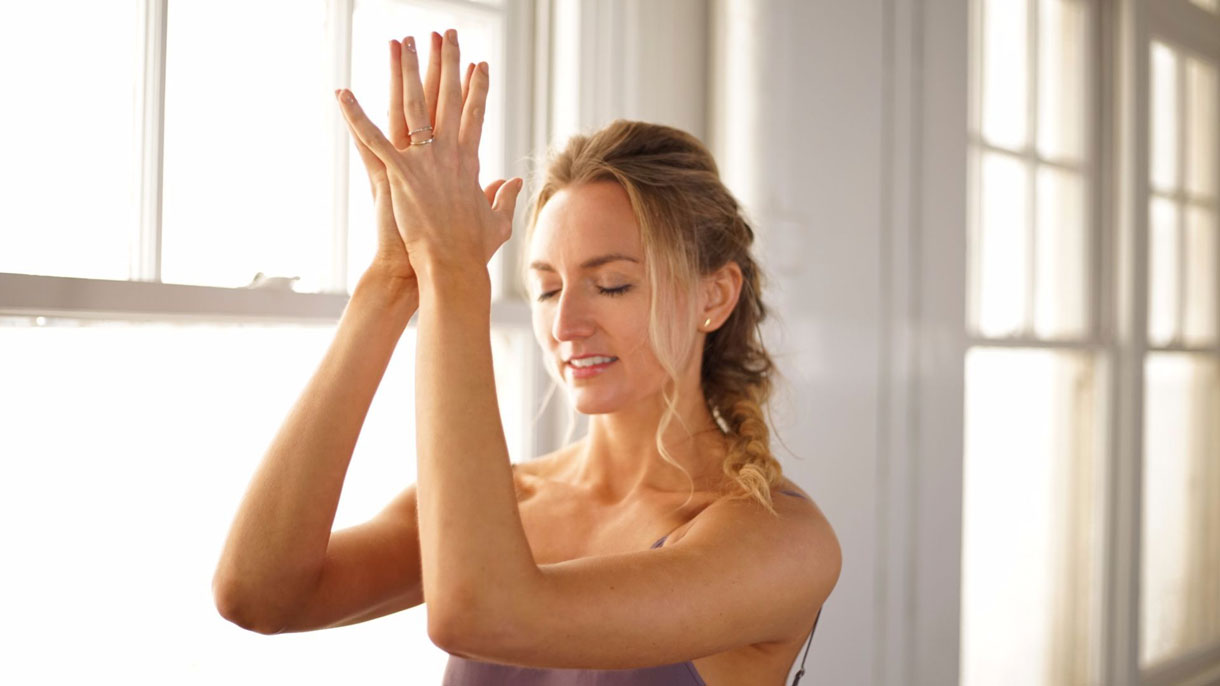
Since Patanjali emphasized the practice of yoga over simply understanding the concept, let’s take a look at how to practice the eight limbs in our daily lives.
Live the First Limbs
Pick one yama or niyama and write it on a post-it somewhere you will see it. Brainstorm on what a real-life daily practice of it would look like for you and set a few alarms on your phone to remind you to apply it throughout the day. Explore a new one each day or week to build your self-awareness and “purify” your body-mind as preparation for meditation.
Up-Grade Your Asana
Here, up-grade doesn’t mean becoming more pretzel-like, but shifting your perspective on the purpose of your asana practice. First, explore viewing the physical postures as purification and preparation for seated meditation. Second, as you move your physical body be aware of the movement in your mind by continuously noticing what you’re focusing on (sensation, thought, emotion) and returning your attention to your breath. This creates a moving meditation that can help you transition into seated meditation while enhancing your ability to be self-aware in daily life.
Want to see more yoga postures? See more in my Yoga Pose Directory.
Practice Pranayama
Start to explore working with the energy body and mind via breath control practices. Abdominal breathing and alternate nostril breathing are great places for everyone to start. Beyond those, get personalized recs from your yoga teacher that meet you where you are.
Hop on the Meditation Train
Since we don’t necessarily have to master the limbs in order, if you want to explore Raja yoga, it’s time to get to the heart of this spiritual practice and become a meditator! There are many great apps and tools out there to help you start a meditation practice. And since there are lots of techniques and we’re all unique, it’s also a great option to get guidance from a teacher who can address your concerns and help you find a meditation technique for your body-mind constitution. Even if you don’t ever reach the experience of samadhi or the ultimate liberated state of kaivalya, you will likely experience an increase in focus, self-confidence, and happiness.
Next Steps
- If you’re interested in practical kriya yoga as a way to improve your daily life and relationships, check out my Yoga for Self Mastery course.
- Order my Yoga Life book for a practical guide to creating balance in your life through yoga.
- Check out my YouTube channel and find some yoga classes that you can try out for yourself!
Experience 3 Training Videos from Inside My 200-Hour Online YTT

YOU MIGHT ALSO LIKE
- What Is Somatic Yoga? Everything You Need To Know
- What is Kriya Yoga? The Philosophy and Practice
- Try This 30-Minute Yoga Nidra Script for Deep Sleep and Relaxation [+ Video]
- 9 Fierce Kundalini Yoga Poses to Light Your Inner Fire
- Tantra Yoga: The Most Misunderstood Path of Yoga
- Styles and Types of Yoga: The Complete Beginner’s Handbook
- What is Hatha Yoga? The Origins, Definition, Poses, & Practice
- What Is Trauma Informed Yoga And Should I Get Certified?
- How To Do High Lunge Pose
- 10 Yin Yoga Poses To Melt Away Stress (For Beginners)
- Amazing Benefits of Ashtanga Yoga That Your Studio Won’t Teach You
- Earthing Yoga 101: 6 Poses To Connect With The Earth (Root Chakra)
- Find A Gentle Yoga Sequence That Anyone Can Do
Learn how to do 11 of the most popular yoga poses correctly. Free video + PDF download.











